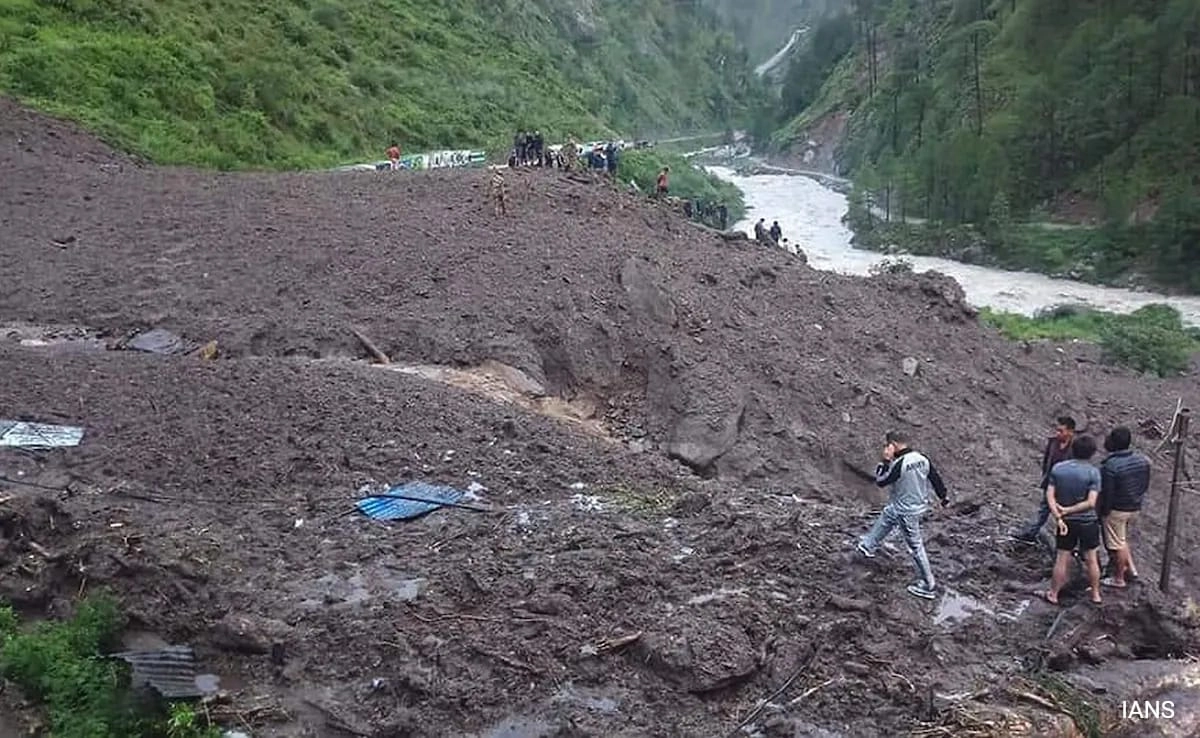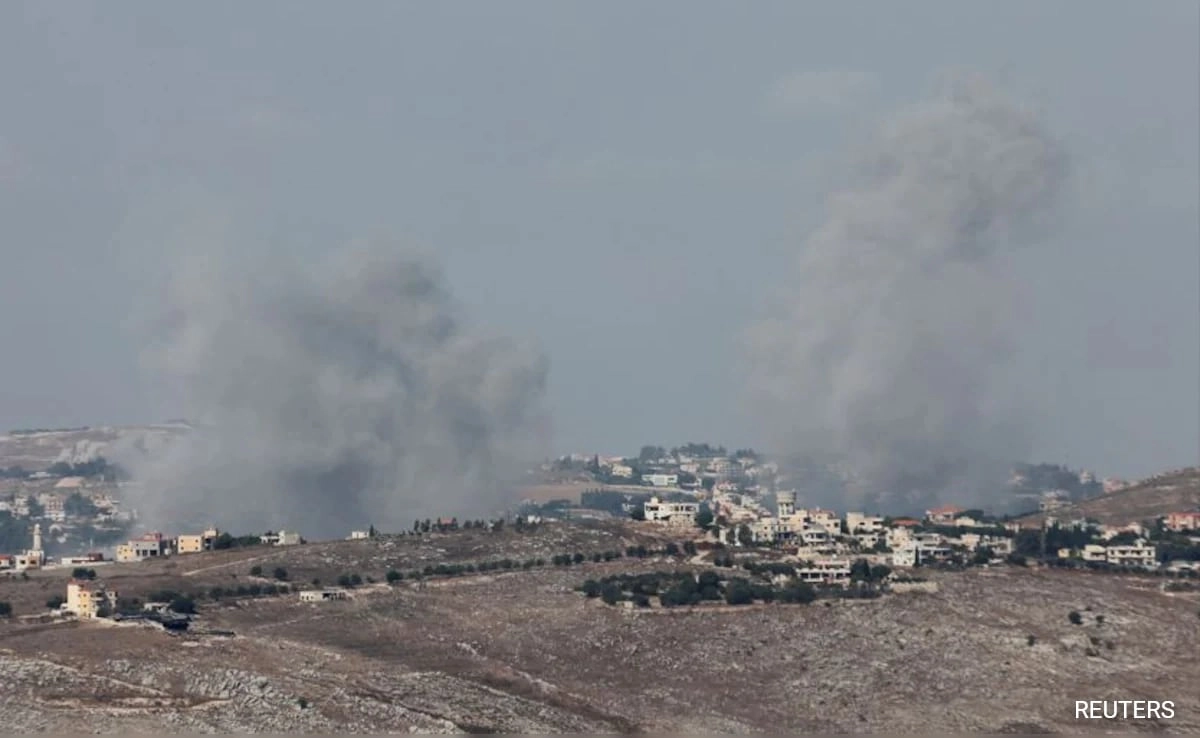In a tragic turn of events, Nepal has been reeling from the devastating impact of heavy rainfall that has led to fatal landslides and flash floods across various regions of the country. Reports indicate that at least 42 people have lost their lives due to these natural calamities, which have wreaked havoc on communities, infrastructure, and the environment. The relentless downpour has not only caused significant loss of life but has also disrupted essential services, including flight operations, further complicating rescue and relief efforts.
The heavy rain, which began in the early hours of the day, overwhelmed rivers and triggered landslides in hilly areas, making roads impassable and isolating many villages. Emergency responders have been mobilized to search for survivors and provide aid to those affected. The government has declared a state of emergency in the hardest-hit areas, allowing for the allocation of resources and personnel to assist in the ongoing crisis. Despite these efforts, the challenging terrain and continued rainfall have posed significant obstacles to rescue operations.
In addition to the immediate human toll, the floods and landslides have also raised alarm regarding the long-term impact on the environment and local economies. Agriculture, a vital component of Nepal’s economy, has suffered drastically due to the destruction of farmland and crops. The full extent of the damage is still being assessed, but early reports suggest that rebuilding efforts will take considerable time and resources. As the nation grapples with this crisis, the need for comprehensive disaster management strategies has never been more apparent, emphasizing the importance of preparedness in the face of increasingly erratic weather patterns attributed to climate change.
The situation remains fluid, with weather forecasts predicting continued rainfall in the coming days. Authorities are urging residents in vulnerable areas to remain vigilant and heed warnings to evacuate when necessary. The international community has also begun to respond, with offers of aid and support for Nepal’s recovery efforts. As the nation mourns the loss of life and begins to assess the extensive damage, solidarity and support from both local and global partners will be crucial in navigating the aftermath of this disaster.




